The Saguaro


The nation's largest cacti, the universal symbol of the American southwest...
The Giant Saguaro is found only in a small portion of the United States - mostly in Arizona and some in California - Saguaro National Park protects these enormous cacti. Giant saguaros sometimes reach as high as 50 feet and can live longer than 200 years.
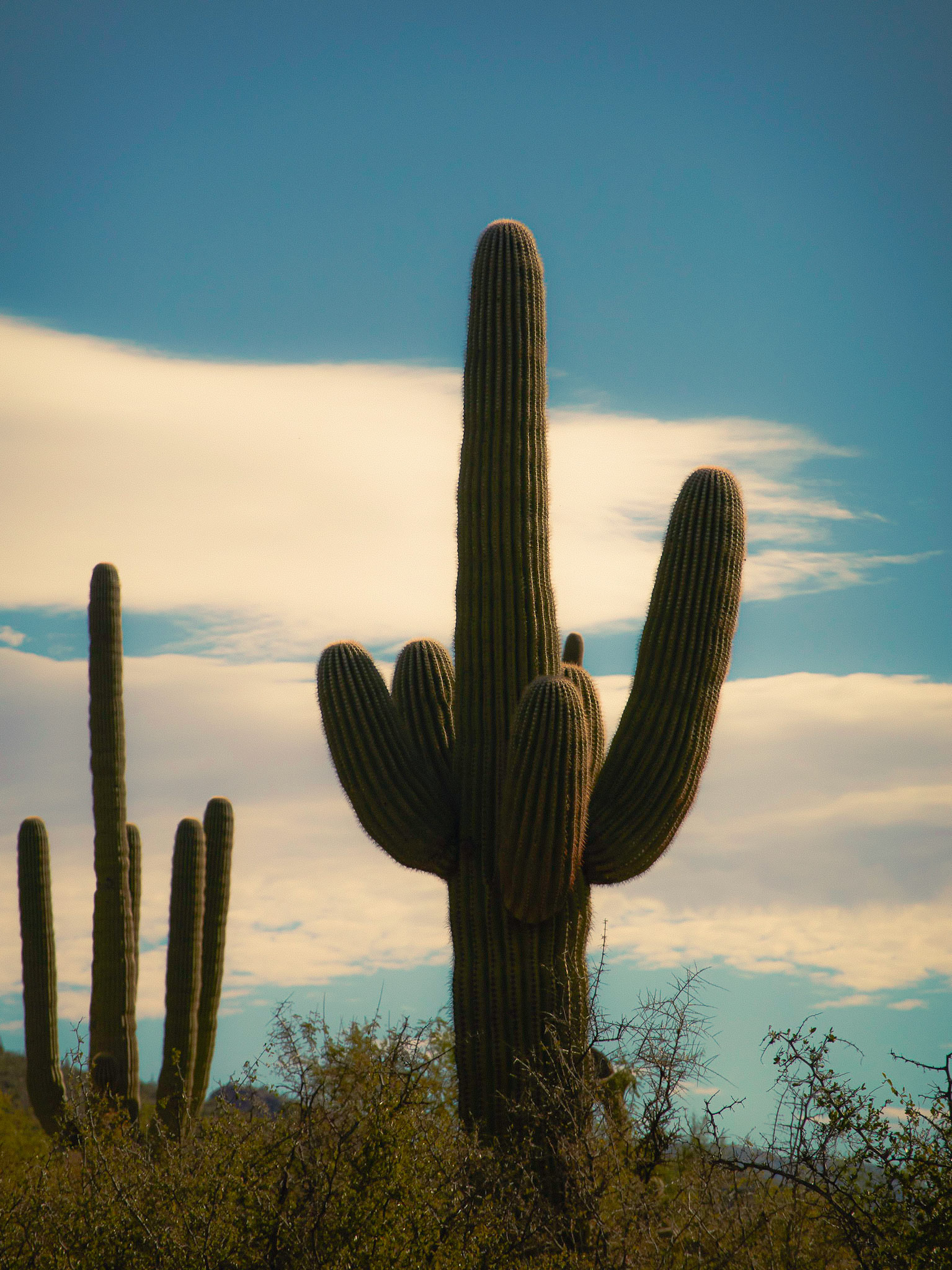
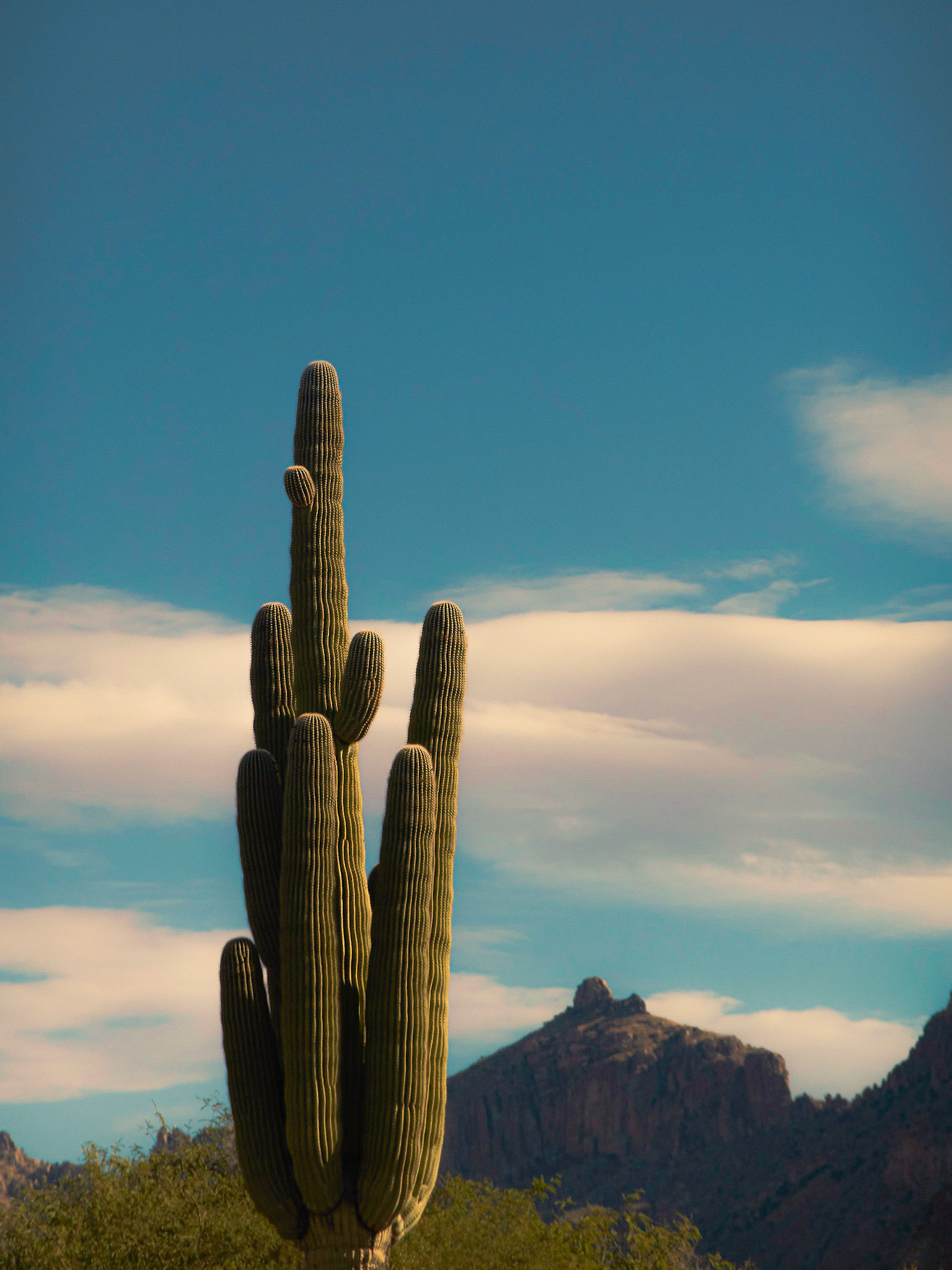



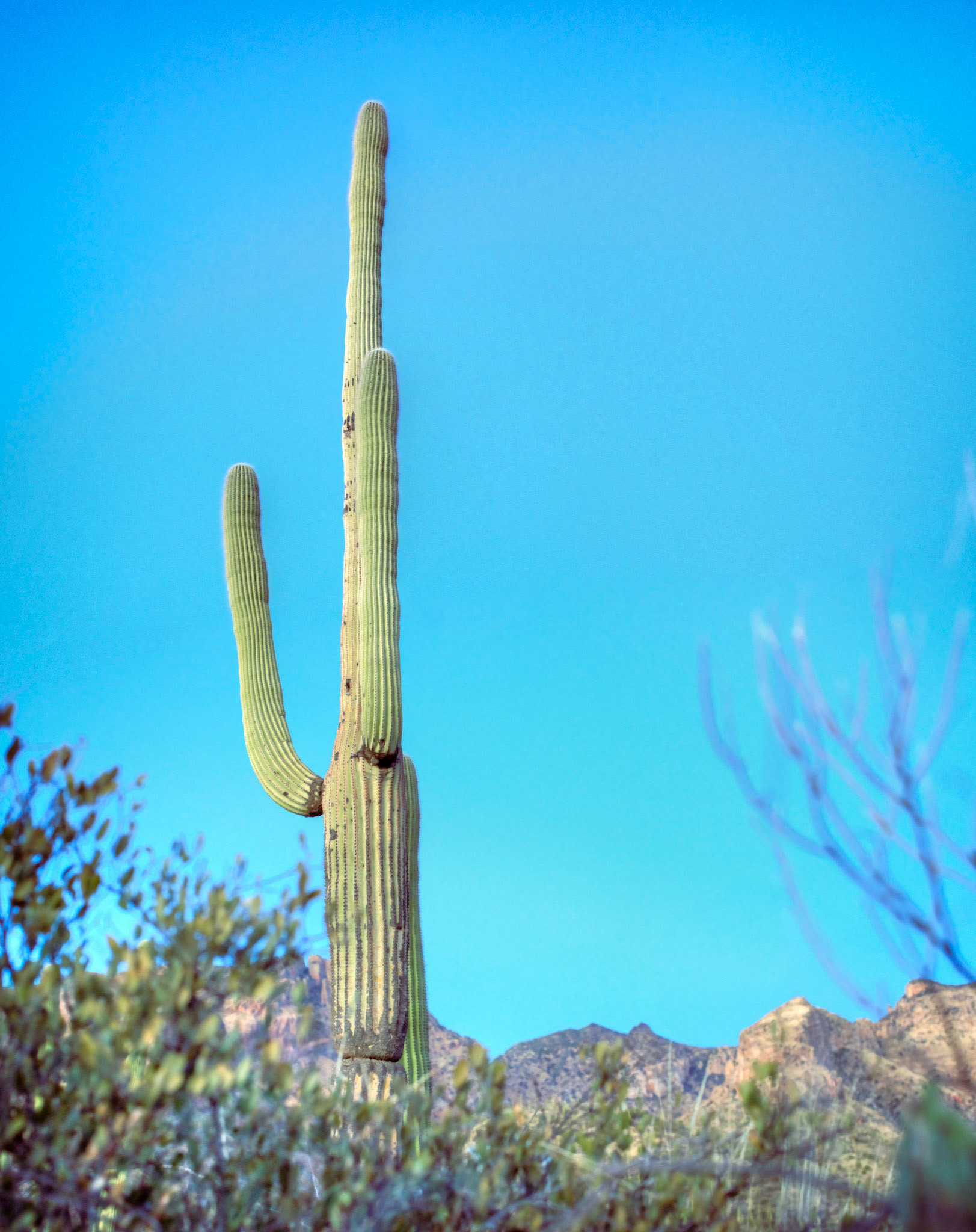



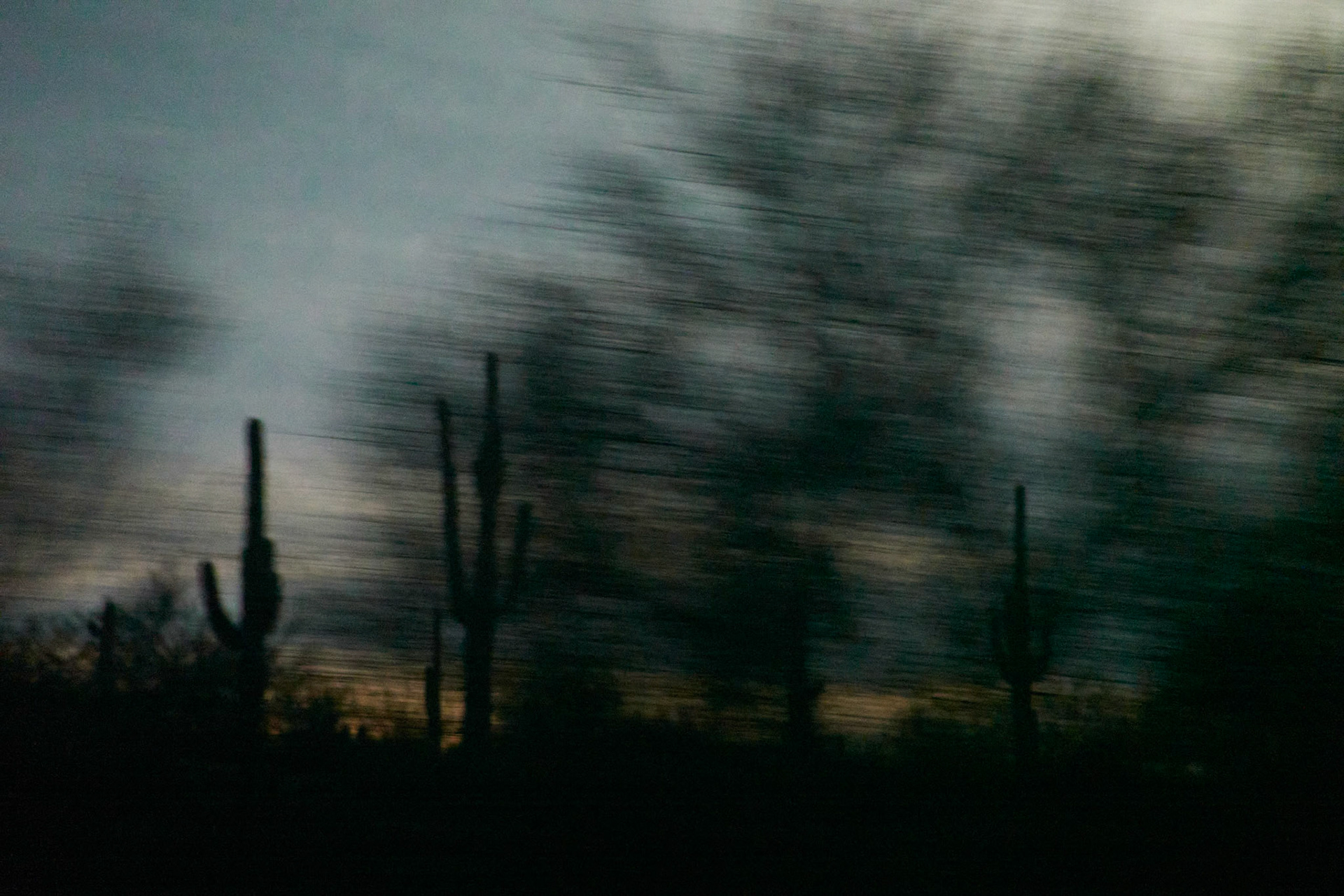
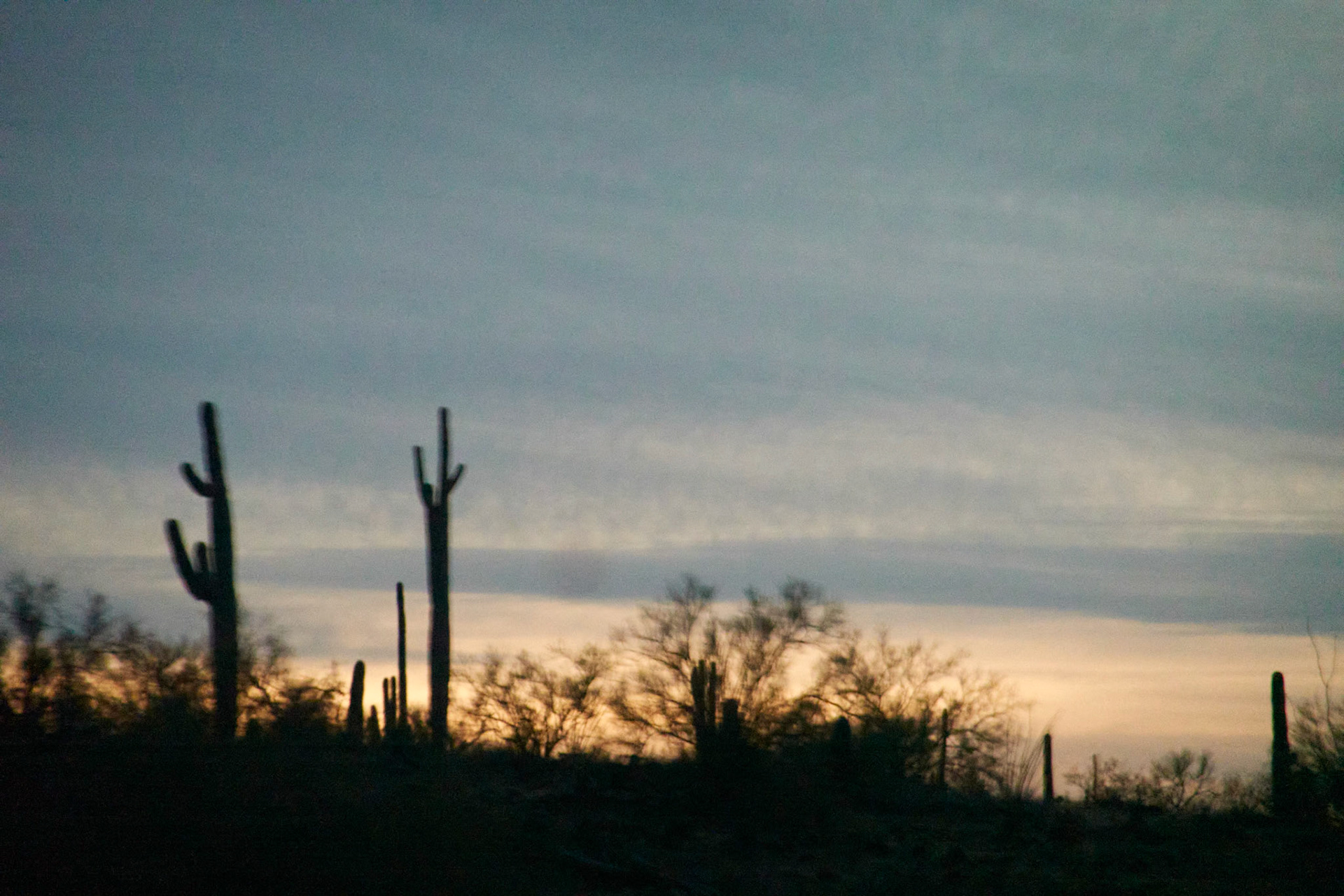

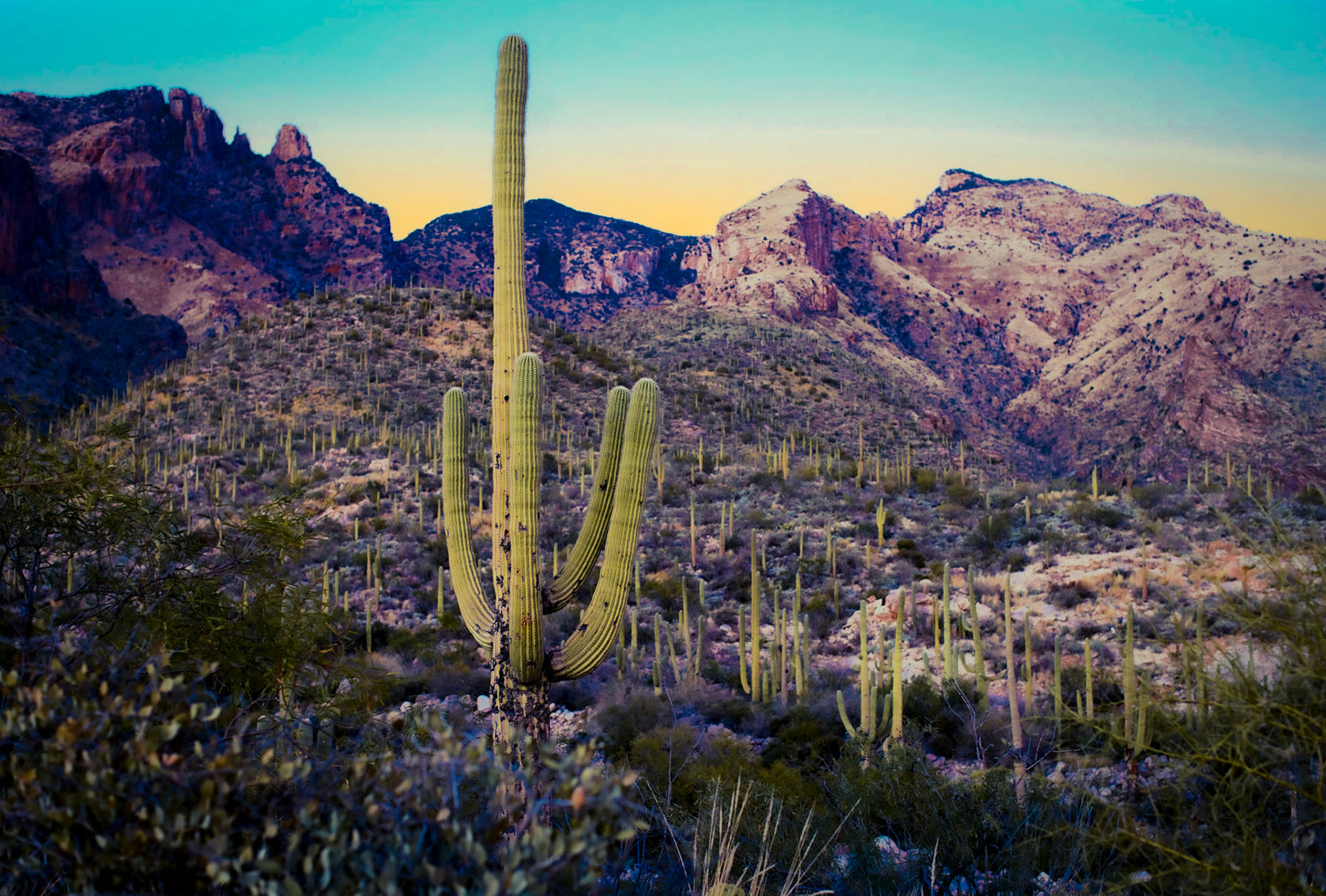
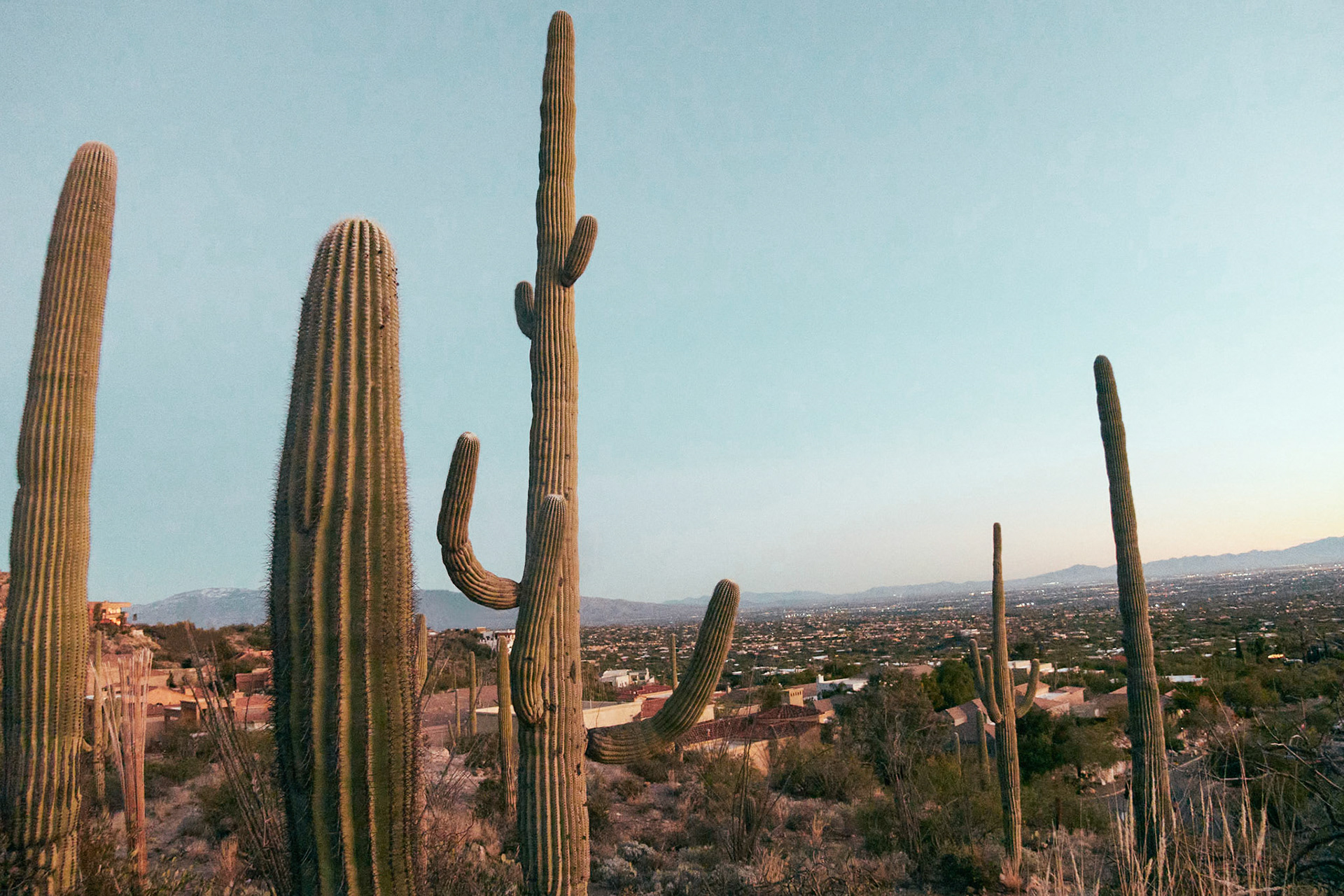
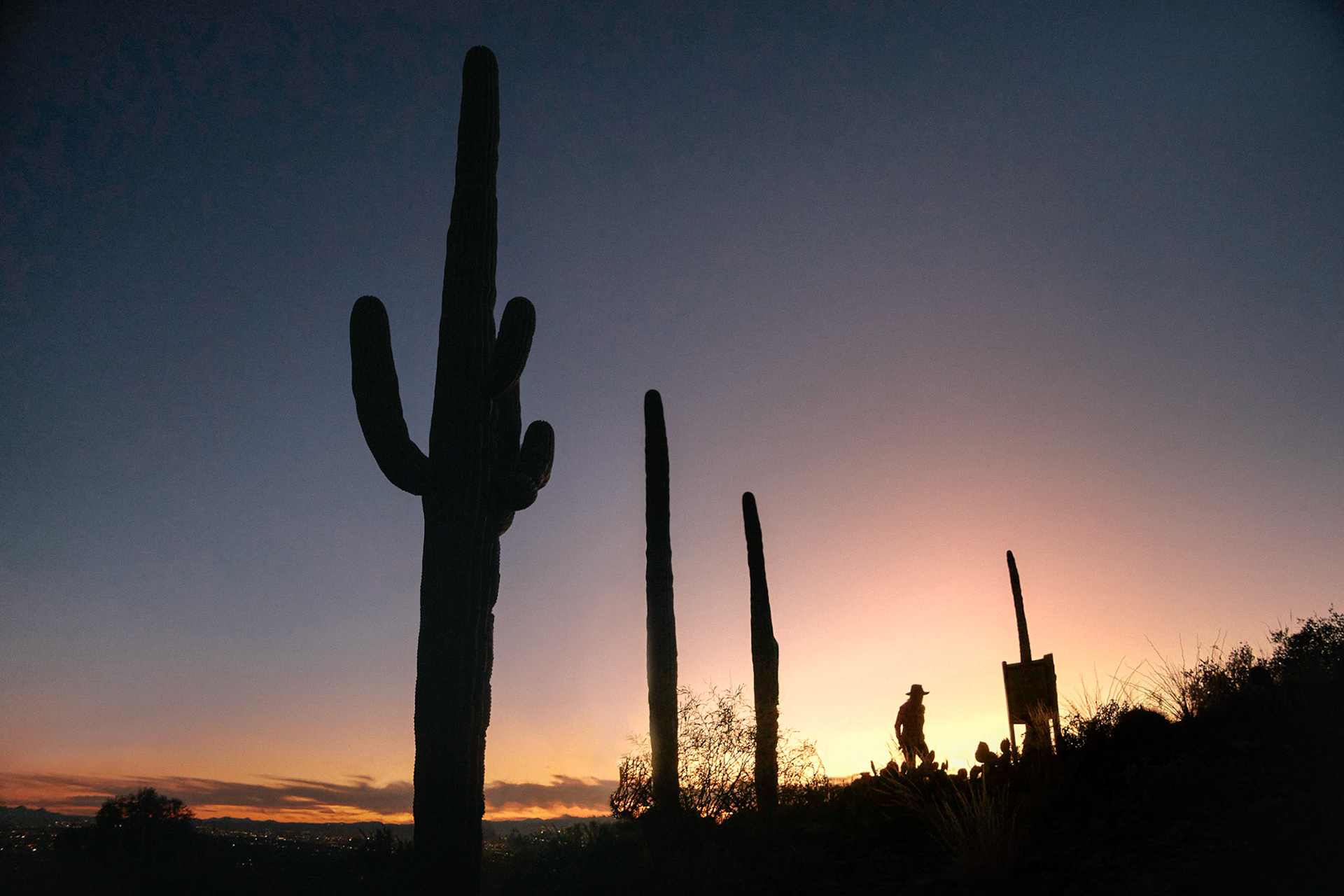
Ten Facts about The Saguaro - courtesy of Trust for Public Land:
1. First things first: it’s pronounced "suh-wahr-oh."
2. Like other desert plants, saguaros grow very slowly. But if conditions are right, they can become giants: the largest saguaro on record was nicknamed “the Grand One.” It was roughly 200 years old, 46 feet tall, and sported a dozen arms. This star saguaro was damaged in a wildfire in 2005, and toppled a few years later.
3. Despite providing the backdrop to old Westerns set everywhere from Colorado to Wyoming, giant saguaros grow naturally only in the northern reaches of the Sonoran Desert. Saguaros like it hot, so they aren't typically found at elevations above 4,000 feet.
4. The saguaro is adapted to make the most of every drop of rain. The cactus has a single deep taproot—the rest of its roots grow close to the surface of the ground in order to absorb as much water as possible before it evaporates. Saguaros are supported by a ribbed, woody skeleton, which expands like an accordion to allow the plant to retain moisture.
5. It’s against the law in Arizona to harm a saguaro cactus: landowners need a special permit for any construction that will affect a living plant.
6. But these tough laws are no help against climate change, which threatens to make the northern Sonora Desert too hot and dry for even the saguaro.
7. The cactus is also at risk from introduced species like buffelgrass, which elevates the risk of wildfire and threatens to crowd out young saguaros. The National Park Service and local volunteer groups seek and destroy buffelgrass infestations by pulling up the plant from its roots by hand.
8. Saguaros sport a fleeting crown of blossoms in late spring and early summer. The blooms open at night and live through the following afternoon—a short window for pollinators like bees and bats to reach the pollen within.
9. After the blooms close, they mature into hefty red fruit—a sweet desert delicacy and an important source of nutrition for desert tribes like the Tohono O’Odham. For thousands of years, Tohono O’Odham people have harvested saguaro fruit using a long pole made of the plant’s woody ribs.
10. Dozens of animal species depend on the saguaro. Birds, bats, insects, lizards, and mammals feast on their fruit, flowers, and flesh. Birds of prey and even some ground-dwelling animals like bobcats roost (carefully!) in the spiny cacti’s arms. Gila woodpeckers and gilded flickers carve out nest cavities in mature plants, and when they move on, other birds—like pygmy owls—move in to raise their young.